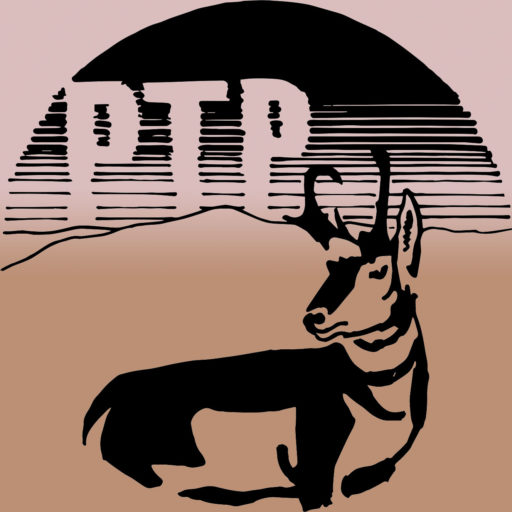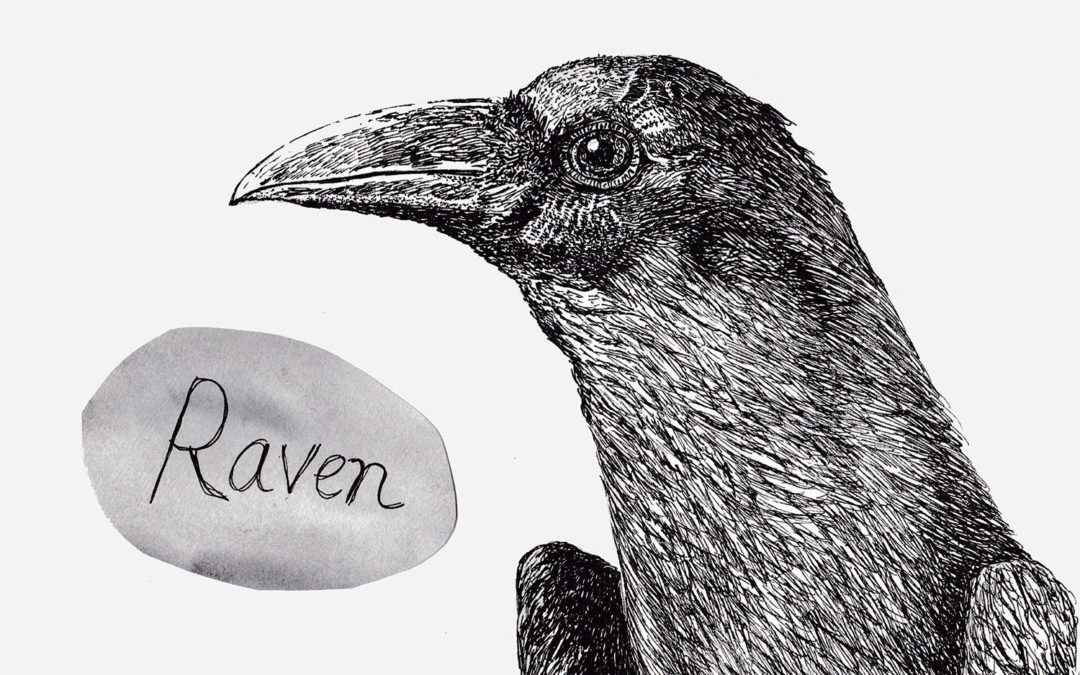Ravens are protected under the Migratory Bird Treaty Act of 1918, and yet the State of Nevada spends tens of thousands of dollars annually to poison thousands of ravens. Because ravens do well in human habitats, feeding on our garbage, roadkill, and the dead bodies of birds who are killed by transmission towers, wind turbines, and skyscrapers, the more we develop the landscape, the more we encourage ravens. Ravens follow our highways and transmission lines and the dead bodies beside them deep into the desert, the forests, the sagebrush steppe, and the mountains, where they, according to some, damage the environment. The desert tortoise and the sage grouse are among the species that the ravens will feed on. But rather than protect more habitat for the desert tortoise and sage grouse so this isn’t a problem, the State of Nevada chooses instead to kill ravens. This is the twisted logic of “protecting the environment” in federal and state agencies today.
Smart and highly adaptable, ravens can be found living almost everywhere in a wide variety of habitats. They speak to each other in loud caws and beautiful trills and warbles. Ravens likely mate for life and serenade each other with comfort sounds while bonding. They are beautiful, deep-black birds, larger than crows, and masters of flight. I have watched them flying wing to wing in circles and loops, playing dive-bomb games, and have seen videos of them flying upside down.
Trickster. Hero. Harbinger of death. World creator. Giver of sunlight. Ravens and their Corvidae relatives have appeared in mythology throughout history and feature in many legends. Their likeness is carved into the shields and banners of the Vikings and painted on the walls of Pompeii. Because ravens feed on carrion, they are often thought of as an omen of death. Yet for many Native American tribes, ravens are heroes: a symbol of transformation and the beings responsible for the creation of the world and bringing the gift of sunlight to humans.
We dismiss the raven as a nuisance at our peril. Killing the beings of one species in order to preserve another, we betray our misunderstanding of the natural world and the delicate balance Mother Earth spins in the dance of the living. Whenever humans have intervened in this dance, we have just made things worse: introducing foreign species to try to control populations of other species; killing off one species to try to encourage another species; disrupting habitat with our development projects and our pollution—these interventions are petards we usually regret. We have utterly failed to learn the lessons of the law of unintended consequences, no matter how many times we are reminded that we really have no idea what we are doing with our interventions.
In Will Falk’s essay, The Only Faith We Need, he describes being led by ravens to a canyon at Thacker Pass where the mountains spoke to him about the horrors humans are inflicting on that land. I have never been led by ravens, but I have listened to them high in the trees above me here at my home in the Pacific Northwest and often wonder what they talk about. I wonder if they talk about me, so inept in my human-ness on the ground, unable to fly high to see and understand the wonders of the Earth from above. Or perhaps they don’t think about me at all and are focused entirely on a raven world I can’t possibly imagine. All I know is that the Earth needs ravens and ravens need a flourishing, abundant Earth.
One more reason to resist.


Recent Comments